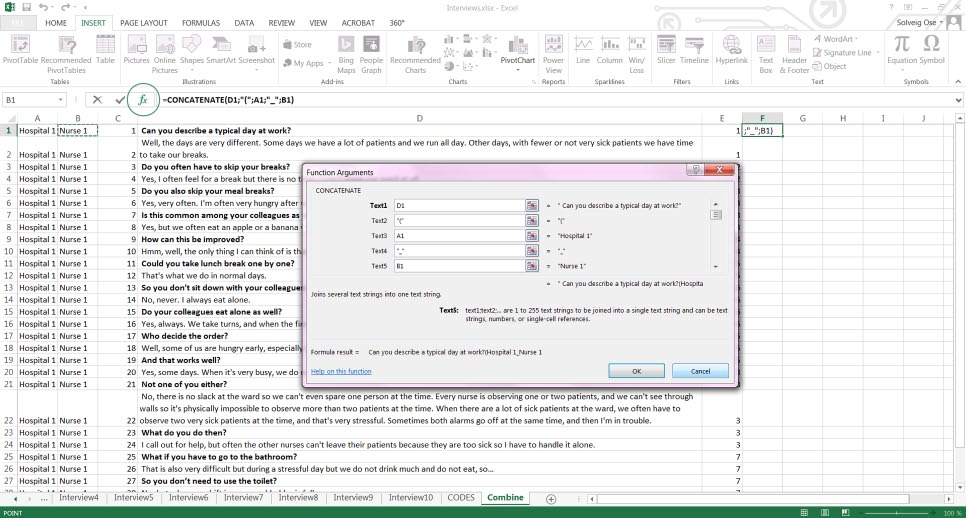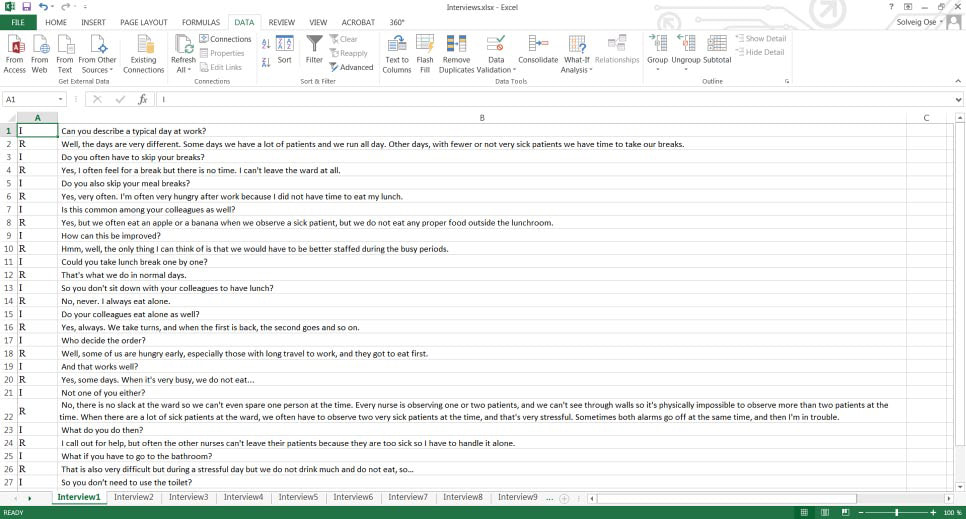I'll let this excerpt from the transcript of one interview with a female student speak for itself. The student's name below is a pseudonym.
- Paul: Okay. Uhm how many languages do you speak?
- Mary: Four.
- Paul: What are they?
- Mary: Portuguese, Japanese, English and Spanish.
- Paul: Wow!
- Mary: Hmm.
- Paul: That’s pretty impressive.
- Mary: No, I wish I could be fluent in all of them. English and Spanish are the most challenging.
I should add that the student's English during two long interviews was flawless.
#smartstudents



 RSS Feed
RSS Feed